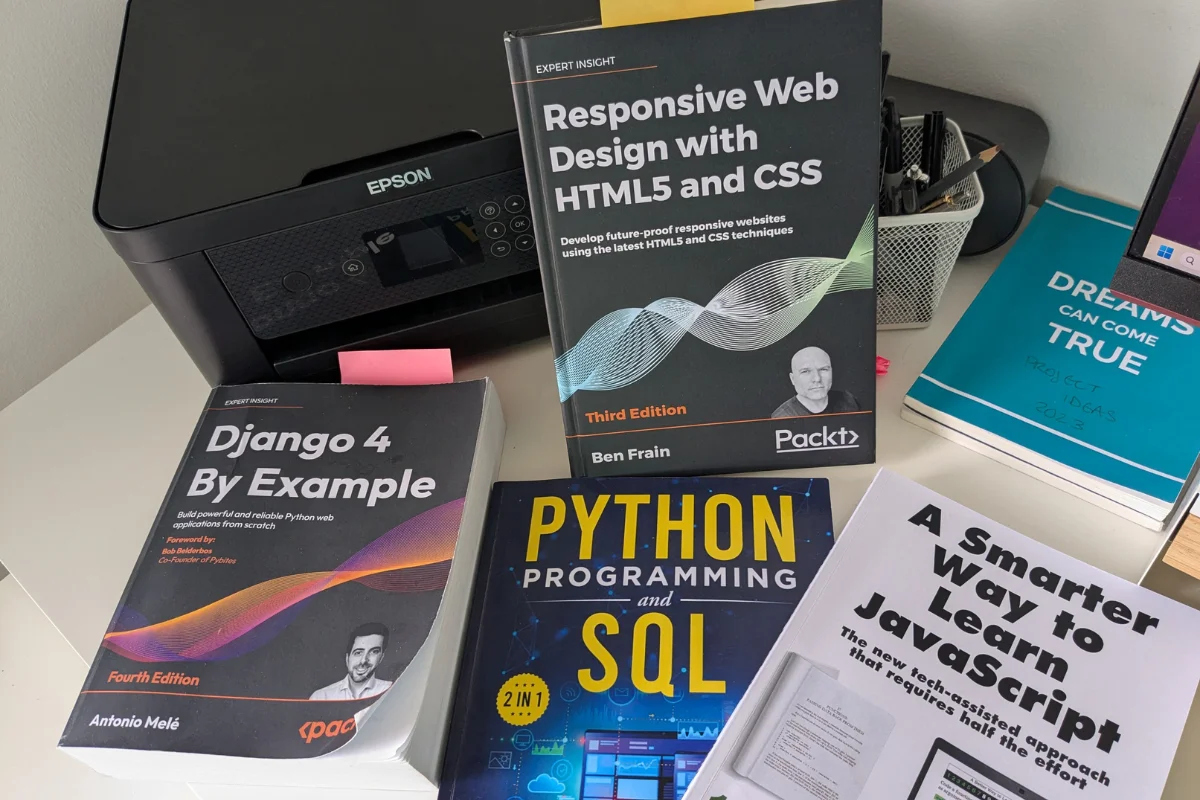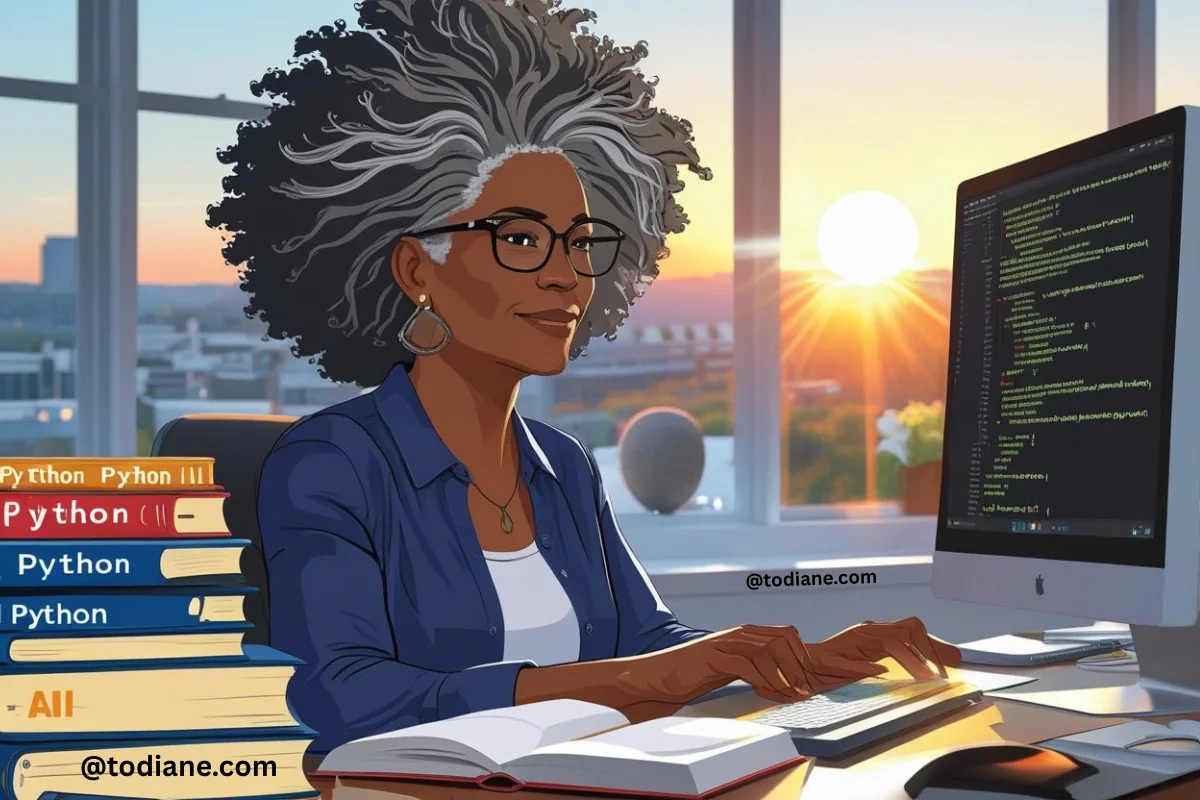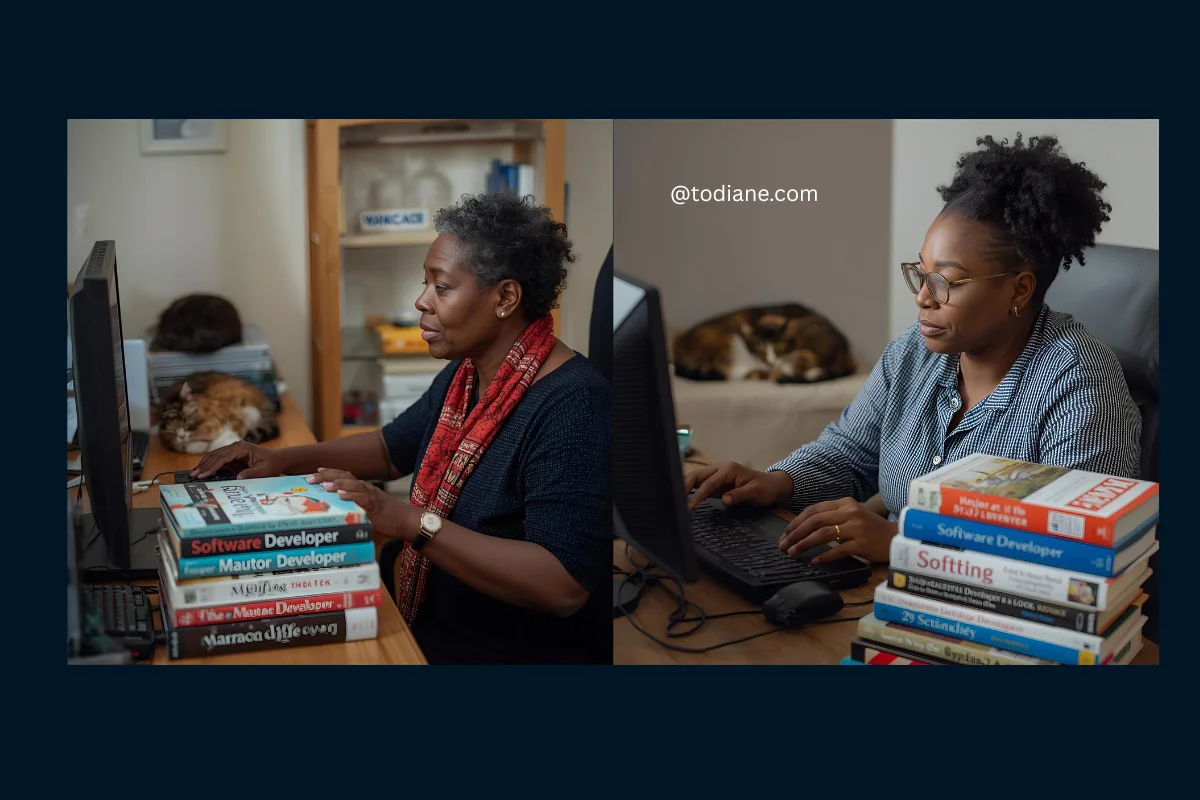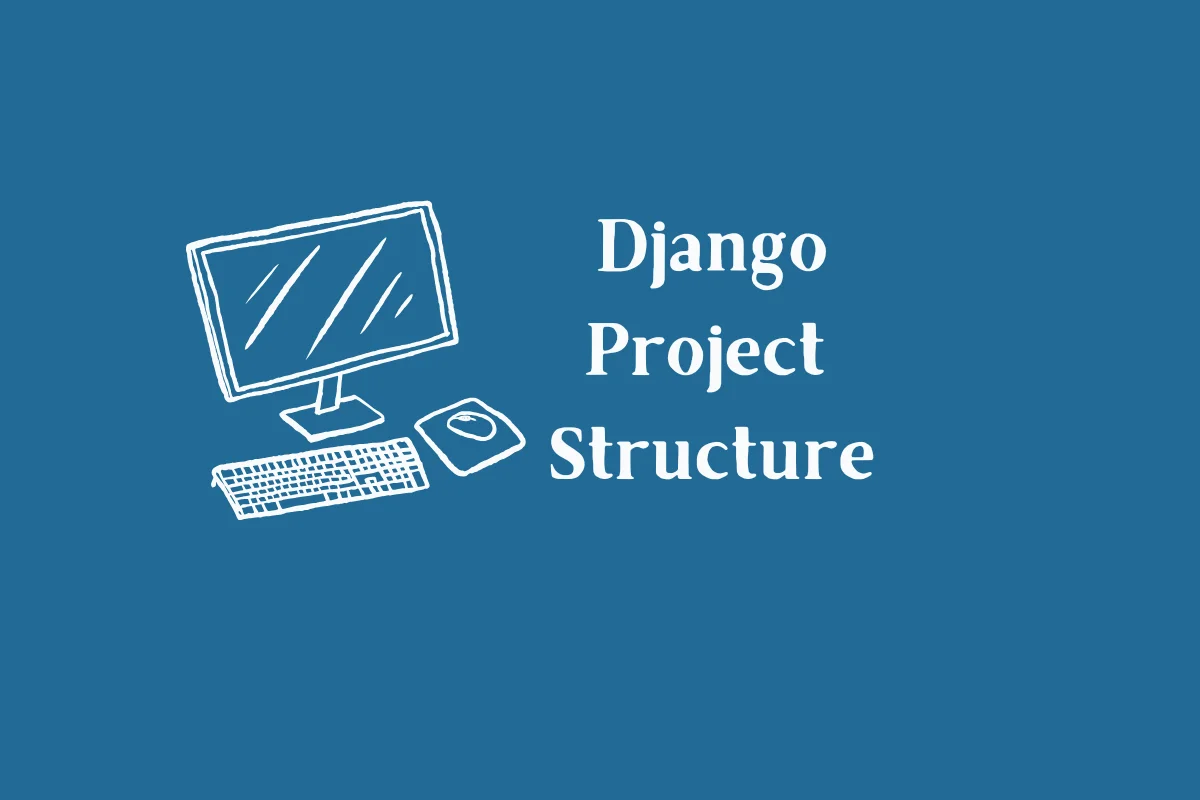When it came to learning backend development, Django wasn’t a choice. It was the only framework offered in my software developer course, and at first, it felt like learning to swim by being dropped in the deep end. By the time the course ended, I knew just enough to realise how much I didn’t know.
So, I decided the only way to actually learn was to build - not read, not watch, but create.
Around October 2024, I signed up for a Pro account with Claude.ai and built my first full site, Stream English. I had tried several times before AI came along and just kept getting stuck.
Claude helped me understand what I was doing in a way tutorials never did. By January 2025, I started using ChatGPT occasionally for debugging, but now I rely on it entirely because Claude went crazy with its pricing.
AI is how I learn and how I solve problems. It is the most important reasons that I have kept going.
Django was never a choice, but it became the foundation that made all of this possible - the framework I grew into and now can’t imagine building without.
The Early Days: Everything Felt Like Guesswork
When I first started, Django’s folder structure felt overwhelming - urls.py, views.py, models.py, and templates all working together in a way I couldn’t yet visualise. I was used to WordPress and after 10 years of using it Django did not feel intuitive to me.
I copied examples from tutorials, but nothing quite made sense and most of the time I never finished because it didnt work the way the tutorial said it should.
Then I decided instead of trying to get things right all the time (because I always did with WordPress) I should accept things break - a lot - and go with it.
There’s something powerful about error messages when you stop fearing them. Once I began treating each error as a clue instead of a setback, Django slowly stopped feeling like chaos.
I built tiny projects - a blog, a tracker app, a portfolio - not because I needed them, but because I needed practice. Each one taught me a pattern. Each failure taught me what not to do again.
Why Django Stuck
There’s a rhythm to Django that eventually feels natural.
The way models flow into views, and views connect to templates.
The built-in admin that quietly handles so much behind the scenes.
The security features I never had to configure manually.
At first, I thought Django was rigid. Now I see that structure as freedom - the kind that lets me focus on ideas instead of endless setup. When I need to add a new app, manage data, or build something custom, the framework already has a place for it.
I realised Django wasn’t trying to limit me. It was trying to teach me good habits, and it did.
Building With AI: How My Process Changed
When I first started using Claude, it wasn’t about speed - it was about understanding. I could ask why something worked, and get an explanation that felt like a conversation, not a textbook.
AI didn’t replace my learning; it deepened it.
Then I brought ChatGPT into the mix, mostly for debugging and over time, I started using it for planning, structuring views, and even refactoring. The difference between using AI as a crutch and using it as a collaborator is subtle, but it matters.
Now, I start projects with a conversation. I explain what I want to build, and through that process, I end up clarifying it to myself. AI helps me see my own logic more clearly and Django gives me the framework to turn it into code.
What I’ve Learned About Learning
Learning software development and Django specifically, taught me that persistence matters more than pace. You don’t need to know everything at once but just enough to keep moving forward.
The rest comes from repetition, curiosity, and being willing to rebuild the same thing three times until it finally clicks.
There’s a quiet moment that happens when a project that used to confuse you suddenly makes sense. It’s like your brain rewires itself to see the logic underneath. That’s how Django feels now - not easy, but familiar.
I no longer see myself as someone “trying to learn Django.”
I see myself as a developer who happens to use Django because it fits how I think. If you looke through my portfolio most of what I build is done so with Django and I only added the completed ones. There were so many started and deleted, started and never finished. They live in the OLD PROJECTS "graveyard" folder on my computer.
Why I Keep Going
Every project I build reminds me of that first feeling of confusion and how far I’ve come from it.
Django has become more than a tool. It’s a kind of language I have grown fluent in, slowly and imperfectly, through real projects, broken code, and long nights fixing errors.
I keep going because I’m still learning and because there’s always something new to understand.
Django might not have been my choice, but it’s the framework that helped me find my footing.
Now, it feels less like the deep end and more like home.
Thanks for sharing:



